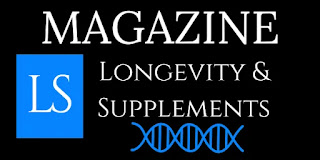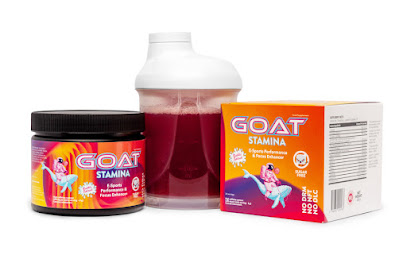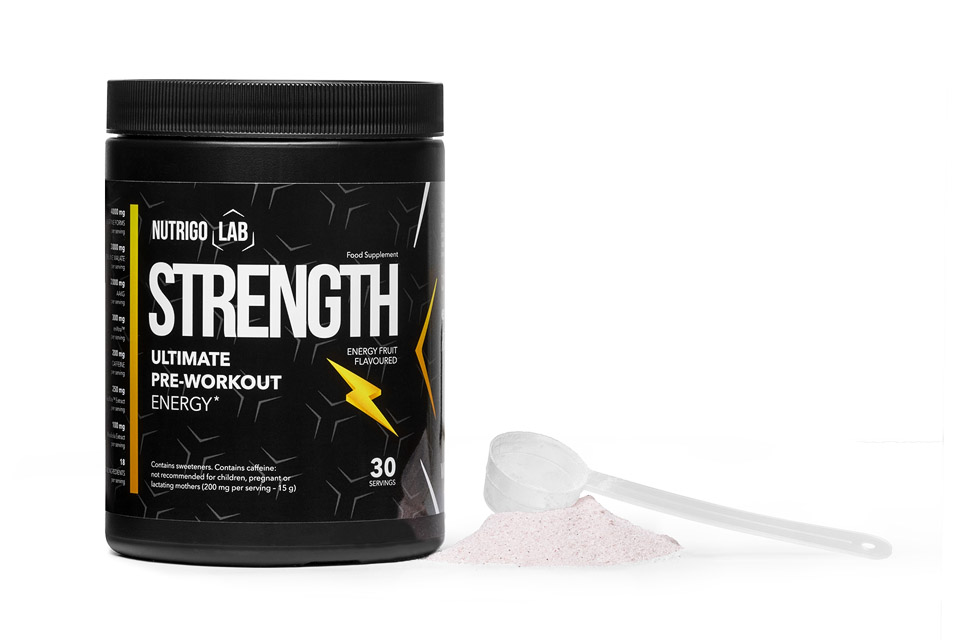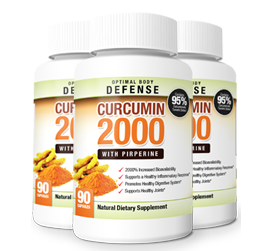Trimethylglycine
| Trimethylglycine | |
|---|---|
|
| |
| IUPAC name | 2-trimethylammonioacetate |
| Other names | , betaine, TMG, glycine betaine, betaine anhydrous, N,N,N-trimethylglycine |
| Identifiers | |
| CAS number | |
| PubChem | |
| MeSH | |
| SMILES | C[N+](C)(C)CC(=O)[O-] |
| Properties | |
| Molecular formula | C5H11NO2 |
| Molar mass | 117.146 |
| Except where noted otherwise, data are given for materials in their standard state (at 25 °C, 100 kPa) Infobox disclaimer and references | |
Trimethylglycine (also commonly known as TMG, is an organic compound described by the formula (CH3)3N+CH2CO2H. Trimethylglycine was originally named betaine after its discovery in sugar beets (Beta vulgaris) in the 19th century. This small N-trimethylated amino acid exists as the zwitterion (CH3)3N+CH2CO2- at neutral pH. This substance is often called ‘‘glycine betaine’’ to distinguish it from other betaines that are widely distributed in biology. Betaine hydrochloride is merely glycine betaine with a chloride counterion and is usually the first crystallised form obtained after extraction from beets. Glycine betaine is a byproduct of the sugar industry.
TMG is related to choline
(trimethylaminoethanol) has been reduced from a terminal carboxylic
acid to a hydroxyl group. Transfer of a methyl group from TMG give
dimethylglycine. Alkylated derivates of trimethylglycine have use as quaternary ammonium zwitterionic surfactants.
Sources
Betaine is obtained by humans from foods, either as betaine or choline-containing compounds. Food items with the highest content of betaine are wheat, spinach, shellfish, and sugar beets. Estimates of betaine intake are from 0.1 to 1 g/day and as high as 2.5 g/day for a diet high in whole wheat and seafood. Thus, the intake depends on food composition but is probably also related to production of the food items, including growing and osmotic conditions. Alternatively, betaine is formed from choline.
The conversion of choline to betaine is a two-step enzymic process, which occurs in the liver and kidney. Choline is first oxidised to betaine aldehyde, a reaction catalysed by the mitochondrial choline oxidase (choline dehydrogenase, EC 1.1.99.1). In a subsequent step, betaine aldehyde is further oxidised in the mitochondria or cytoplasm to betaine by betaine aldehyde dehydrogenase (EC 1.1.1.8).
Functions
Betaine has three known functions in mammals. It is an organic osmolyte that accumulates in renal medullary cells and some other tissues to balance extracellular hypertonicity. Secondly, it also acts like a chaperone to stabilise protein structure under denaturing conditions. Finally, it serves as a methyl donor in the betaine homocysteine methyltransferase (BHMT) reaction which converts homocysteine to methionine.
Therapeutic uses
Trimethylglycine is used to treat high homocysteine levels.[1] Kilmer S. McCully, MD, theorised that cholesterol and clogged arteries were symptoms rather than causes of heart disease and proposed homocysteine as a more likely culprit. If it were not for his work, homocysteine would not have been thought harmful and so supplements to lower homocysteine would not have been thought necessary.
Betaine hydrochloride ("betaine HCl") is the chloride salt of TMG. Used as a digestive aid, the hydrochloride is particularly helpful for persons with insufficient acid production in the stomach. Betaine HCl has an acidic taste whereas anhydrous TMG ("anhydrous betaine") tastes sweet with a metallic aftertaste and is usually produced from sugar beets (as is betaine hydrochloride). Both are active as methyl donors, as 'betaine' is retained in both forms. Betaine HCl (hydrochloride) has a chloride counterion, and is otherwise identical, chemically, to TMG.
After giving off a methyl group TMG becomes dimethylglycine (DMG), a naturally formed feedback inhibitor of Betaine homocysteine methyltransferase, although it is a methyl donor in its own right. DMG has no significant therapeutic benefit, however it has been identified as having possible use in autistic children. TMG is used by the ton in livestock farming, paired with lysine to increase "carcass yield," to help increase muscle mass. It is also used in salmon farming to relieve osmotic pressure in cells as the animals make the switch from freshwater to saltwater.
Laboratory studies have shown promise for TMG in the treatment of nonalcoholic steatohepatitis. [2]
Biochemical mechanisms
TMG functions very closely with choline, folic acid, vitamin B12 and S-adenosyl methionine SAMe. All of these compounds function as methyl donors. They carry and donate methyl functional groups to facilitate necessary chemical processes. The donation of methyl groups is important to proper liver function, cellular replication, and detoxification reactions. TMG also plays a role in the manufacture of carnitine and serves to protect the kidneys from damage.
Trimethylglycine / betaine donates a methyl group to convert homocysteine to methionine in a reaction catalysed by BHMT (Betaine Homocysteine Methyltransferase, E.C. 2.1.1.5, a zinc metalloenzyme). Methionine is then converted to SAMe by Methionine Adenosyl Transferase (MAT) using magnesium and adenosine triphosphate as co-factors.
Uses in molecular biology
Trimethylglycine is an adjuvant of the Polymerase Chain Reaction (PCR) and of all DNA polymerisation based assays such as DNA sequencing. By an unknown function it aids in the prevention of secondary structures in the DNA molecules and prevents the problems associated with the amplification and sequencing of GC rich regions. Trimethylglycine makes Guanosine and Cytidine (Strong binders) behave with thermodynamics similar to those of Thymidine and Adenosine (Weak Binders). It is best used at a final concentration of 1M.













.png)







.png)
.png)
No comments:
Post a Comment